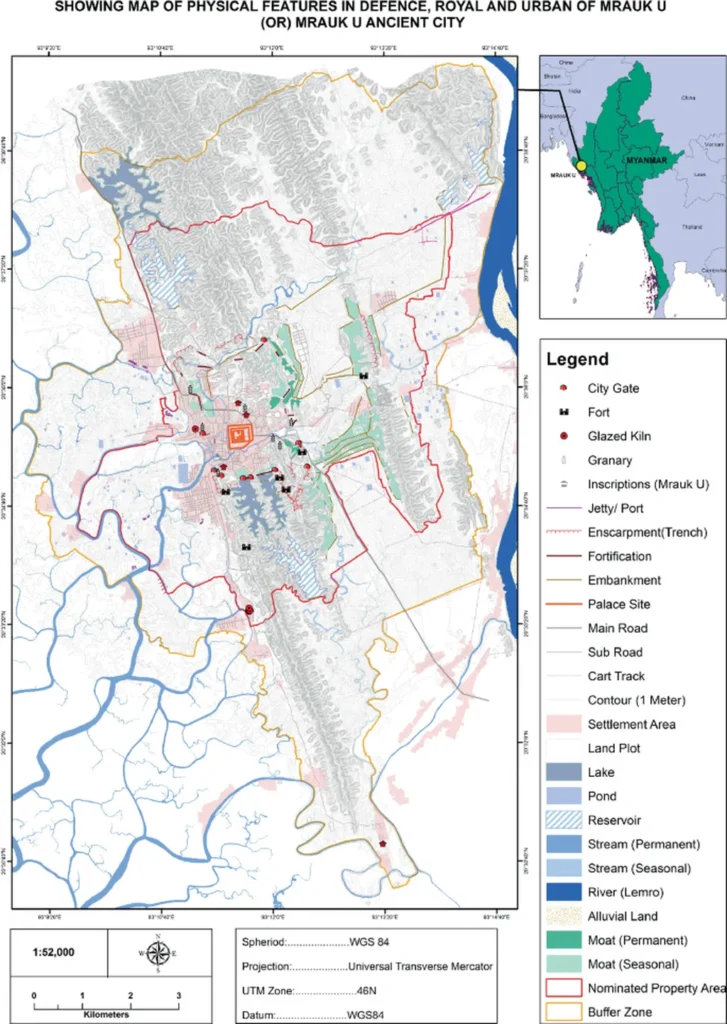In the heart of Myanmar lies Mrauk-U, an ancient city where the boundaries between urban development and nature have blurred over centuries, offering a masterclass in cultural landscape integration. A recent study published in the *Journal of Asian Architecture and Building Engineering* (translated as *Journal of Asian Architecture and Building Engineering*) by Yan Zhou of Southeast University has peeled back the layers of this historical urban space, revealing a harmonious interplay between the built environment and natural surroundings that could reshape how we approach urban planning and cultural preservation today.
Mrauk-U, with its rich history and unique urban form, serves as a compelling case study for understanding how cities can coexist with nature. “The city’s cultural landscape was formed by layering natural foundations with artificial selection and creation driven by social needs,” explains Yan Zhou, the lead author of the study. This integration was not accidental but a deliberate process reinforced through long-term social practices and cultural meaning-making.
The study utilized a combination of DEM data, orthoimages, historical maps, and archaeological documents to reconstruct the historical urban space of Mrauk-U using a GIS platform. Through spatial and documentary analysis, the research team uncovered the intricate connections between the artificial and natural elements at both regional and urban levels. “Mrauk-U was built in a highly integrated way with nature, demonstrating outstanding planning achievements in shaping cultural landscape,” Zhou notes.
The implications of this research extend beyond historical preservation. In an era where urbanization and environmental sustainability are at the forefront of global discussions, Mrauk-U offers a blueprint for future urban planning. The study highlights the importance of protecting the overall pattern of historical cities, not just individual monuments, to preserve their cultural value and ensure sustainable development.
For the energy sector, the lessons from Mrauk-U could be transformative. As cities around the world grapple with the challenges of urban sprawl and environmental degradation, the principles of cultural landscape integration could guide the development of energy-efficient, eco-friendly urban spaces. By learning from Mrauk-U’s past, cities can shape a more sustainable future, balancing economic growth with environmental stewardship.
Yan Zhou’s research not only sheds light on the historical significance of Mrauk-U but also provides theoretical insights for integrative research on historical urban and cultural landscapes. As we look to the future, the lessons from this ancient city could very well shape the way we build and sustain our urban environments, ensuring that the cultural and natural heritage of our past informs the development of our future.

